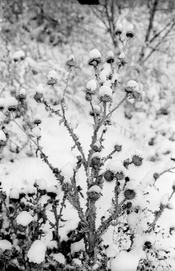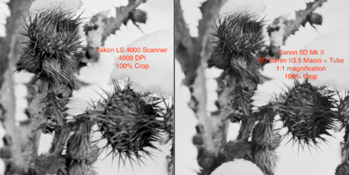I've been developing my own B&W roll and sheet films for more than a decade, and also had success with C-41 and E6 films at home, but I'm getting ready to try CMS 20 II in Adotech IV for the first time. I paid a pretty penny to grab 5 rolls of this stuff in 135-36, and a bottle of developer, because I couldn't find it in stock anywhere in the US. B&H said the last time they got any in was May 2022. So I had to ship it from Germany (shout out to Fotoimpex). I really don't want to lose a roll to an avoidable mistake.
I've combed through the documentation and I think my process as outlined below will yield excellent results. But I wanted to sanity check it with the good folks here, and especially have someone look it over who has experience (ideally successful experience...) with this film and developer.
I've combed through the documentation and I think my process as outlined below will yield excellent results. But I wanted to sanity check it with the good folks here, and especially have someone look it over who has experience (ideally successful experience...) with this film and developer.
- Expose at EI 10, as I'm aiming for (N) development/normal contrast range that will look good printed at Grade 2. I have recently verified my meter calibration so I don't have to wonder if that's introducing error.
- No presoak, just mix 20ml of Adotech IV concentrate into 280ml of distilled water (1+14 for 300ml total soup). 300ml is enough to comfortably submerge the 135 reel in my Nikor steel tank. Carefully get the soup temp to 22C and pour into tank.
- 30 seconds of gentle but constant inversions. Tap tank to dislodge bubbles at the end.
- Exactly one half revolution (180 degrees, not 180 and back) of the tank every 1 minute thereafter until total development time of 10m30s is reached. Be extremely gentle and steady with the inversions; documentation makes it seem like this film is highly sensitive to surge marks around sprocket holes.
- Fresh acid stop bath (Kodak Indicator Stop Bath mixed at normal dilution) for 30 seconds with constant gentle agitation.
- Using freshly mixed TF-5 at normal dilution, give 45 seconds of total fix time, with constant gentle agitation.
- 5 minute final rinse in running water.
- 1 minute of gentle swishing in distilled water + a drop of Photo Flo.
- Hang to dry.
- When completely dry, evaluate density on test frames to confirm how close I got to (N) contrast range.







